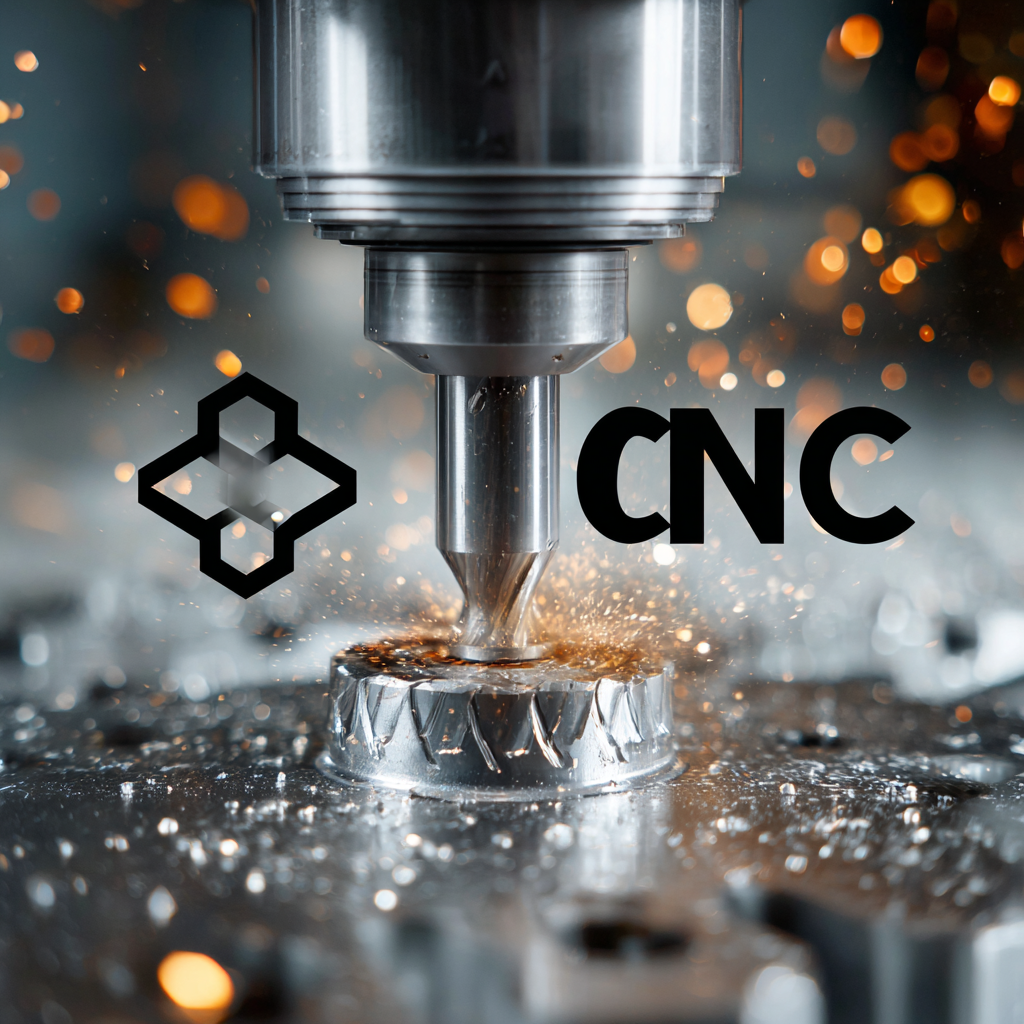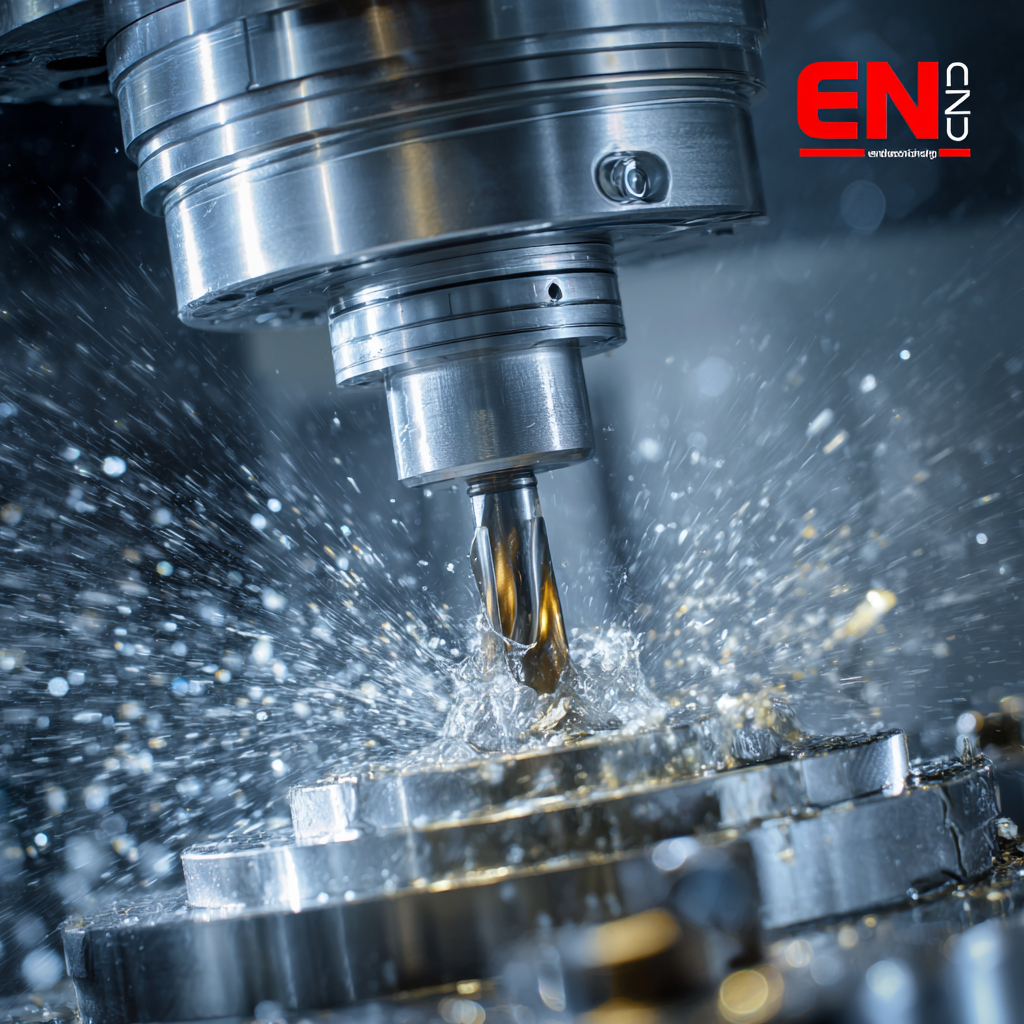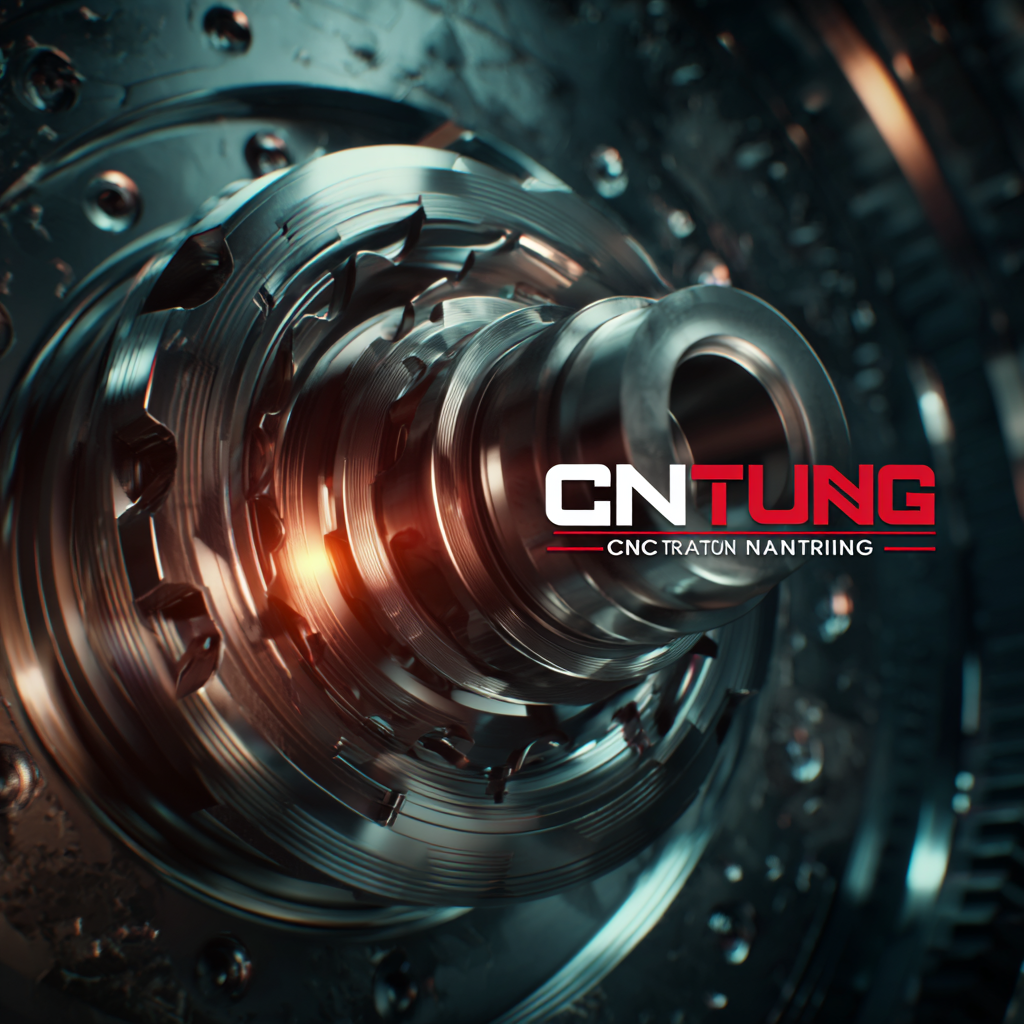Blog
Exploring the Top Alternatives to Best CNC Turning for Precision Manufacturing
In the realm of precision manufacturing, "CNC turning" has gained significant traction as a vital process for producing high-quality components across various industries. According to a recent report by Research and Markets, the global CNC machining market is expected to reach USD 100 billion by 2025, driven by advancements in automation and the growing demand for superior manufacturing capabilities. As manufacturers continuously seek innovative methods to enhance productivity and reduce costs, exploring alternatives to traditional CNC turning processes becomes essential. These alternatives not only aim to improve operational efficiency but also promise to meet the stringent quality standards that are increasingly demanded in today's global marketplace. With China's manufacturing sector evolving rapidly under the banner of "中国智造,全球热销,品质保证", it becomes imperative to analyze and compare the leading alternatives to CNC turning to foster growth and maintain competitiveness in an ever-changing industrial landscape.

Understanding CNC Turning and Its Limitations in Precision Manufacturing
CNC turning is a pivotal manufacturing process that utilizes computerized tools to precisely produce cylindrical parts. By automating the lathe operation, CNC turning offers enhanced accuracy and efficiency, leading to intricate designs and complex geometries that are otherwise challenging to achieve. However, despite its numerous advantages, CNC turning does have its limitations. For example, it is primarily suited for symmetrical objects, which can restrict the creativity of engineers and designers when crafting uniquely shaped components.
Additionally, because CNC turning relies on the specific geometry of the part, the setup time and tooling costs can be significant, particularly for small production runs. This means that for custom projects or prototypes, CNC turning may not always be the most economical choice. Furthermore, materials that require advanced finishing techniques may benefit from alternative manufacturing processes, as CNC turning alone may not provide the desired surface quality or tolerance levels. As manufacturers explore the top alternatives to CNC turning, it’s essential to consider these limitations to identify the most suitable method for their precision manufacturing needs.
Exploring the Alternatives to CNC Turning for Precision Manufacturing
This chart illustrates the accuracy of various precision manufacturing methods, highlighting the limitations of CNC turning in comparison to alternatives like 3D printing and laser cutting.
Innovative CNC Alternatives: From 3D Printing to Laser Cutting
The landscape of precision manufacturing is evolving, with innovative alternatives to traditional CNC turning gaining traction. Among these, additive manufacturing (AM) stands out as a fast-growing technique, especially within the aerospace and automotive sectors. Recent reports indicate that the AM market is expanding due to its cost-effective and environmentally friendly solutions, which contribute to achieving sustainable development goals. In fact, the global AM market is projected to reach significant milestones in the next few years, emphasizing its role in modern manufacturing practices.
Simultaneously, technologies like advanced laser cutting and multifunctional machines are transforming production capabilities. For instance, multi-purpose devices combine 3D printing, laser engraving, and cutting features, allowing for greater versatility and creative potential in designs. As hybrid manufacturing becomes more common, companies that integrate different technologies are increasingly able to deliver high-quality products efficiently. As these innovative alternatives continue to evolve, they are redefining what precision manufacturing can achieve in terms of speed, accuracy, and sustainability.
Evaluating Cost-Effectiveness of CNC Turning Alternatives
In the realm of precision manufacturing, evaluating the cost-effectiveness of CNC turning alternatives has become increasingly crucial. According to a report from Grand View Research, the global CNC machine market, including turning, is expected to reach $117.72 billion by 2028, with a compound annual growth rate (CAGR) of 6.2%. This growth indicates that while CNC turning remains a popular choice, manufacturers are actively seeking alternatives that can balance quality and cost.
For instance, additive manufacturing, or 3D printing, is emerging as a formidable substitute for CNC turning. According to a report by Wohlers Associates, the 3D printing industry is projected to grow to $35.6 billion by 2024, showcasing its potential as a cost-effective solution. Companies have reported significant savings in material waste and production time—up to 90% less material waste compared to traditional subtractive methods like CNC turning. Additionally, innovations in materials used for 3D printing can offer equivalent structural integrity, making it an attractive option for projects where budget constraints exist. As manufacturers continue to explore these alternatives, the landscape of precision manufacturing is poised for transformation driven by both economic benefits and technological advancements.

The Role of Automation in Enhancing Precision Manufacturing Processes
In the landscape of precision manufacturing, automation plays a pivotal role in transforming traditional processes, making them more efficient and precise. The integration of robotics in manufacturing, particularly in sectors like medical device production, highlights how advanced technologies are shaping the future. Companies that embrace automation today are not just focusing on immediate efficiencies; they are positioning themselves to lead the next generation of manufacturing that prioritizes innovation and
Furthermore, emerging technologies such as machine vision are becoming vital for enhancing production accuracy and adaptability. This system, when combined with robotics, elevates precision by enabling real-time monitoring and adjustments in manufacturing processes. As automation continues to evolve, particularly with the integration of AI and Industry 4.0 initiatives, manufacturers can achieve significant improvements in speed, precision, and overall operational efficiency. The relentless pursuit of excellence through innovative technologies indicates a promising trajectory for precision manufacturing in the years to come.
Future Trends in Precision Manufacturing Technologies Beyond CNC Turning
In recent years, the landscape of precision manufacturing is evolving rapidly, driven by advancements in technology and the increasing demand for flexibility and efficiency. While CNC turning has long been a staple in the industry, alternative methods are gaining traction. According to a report by MarketsandMarkets, the global market for additive manufacturing is expected to reach $35.6 billion by 2024, with a CAGR of 25.76%. This illustrates a shifting focus towards more innovative production techniques that can enhance both design versatility and material utilization.

Furthermore, the rise of automation and Industry 4.0 is reshaping precision manufacturing. Smart manufacturing technologies, such as IoT-enabled machining and AI-driven process optimization, are poised to transform traditional practices. A survey by McKinsey & Company revealed that 80% of manufacturers believe that technology will significantly alter their operations in the next decade. This shift not only promises enhanced efficiency but also the ability to customize products at unprecedented levels, making operations more responsive to consumer demands.